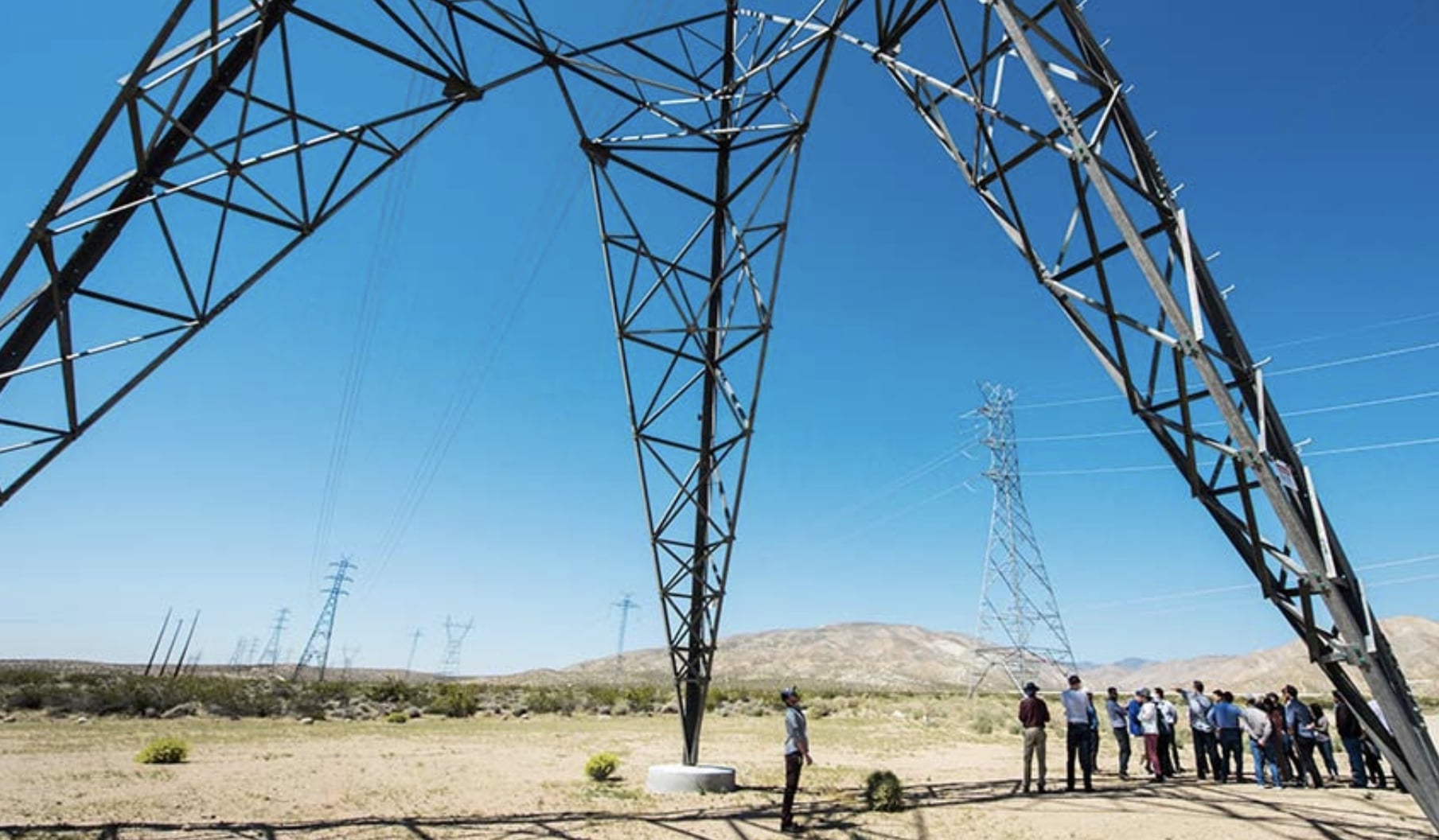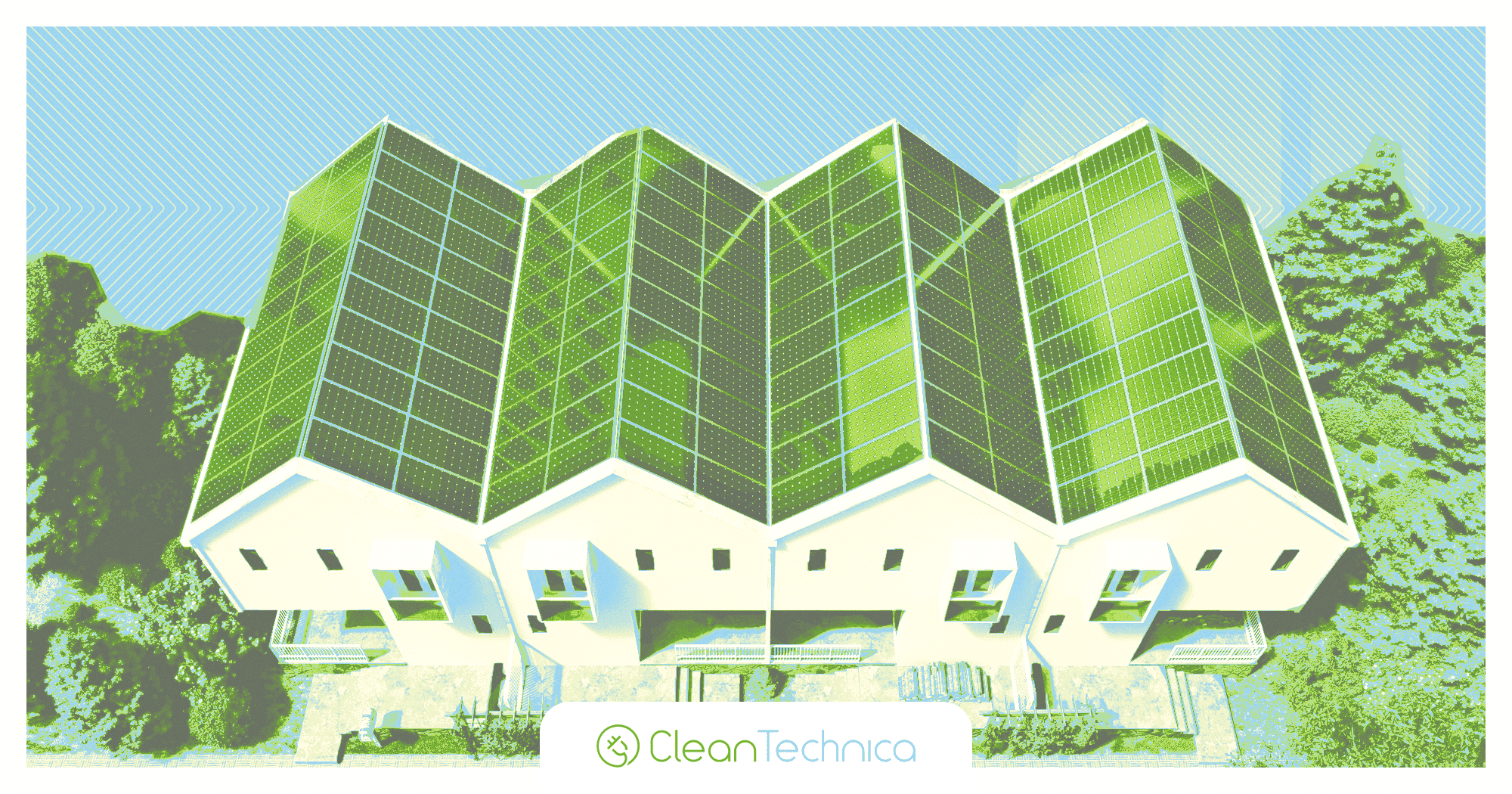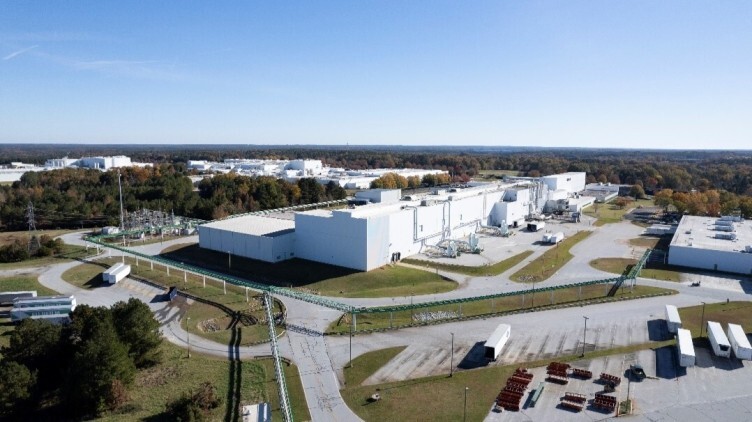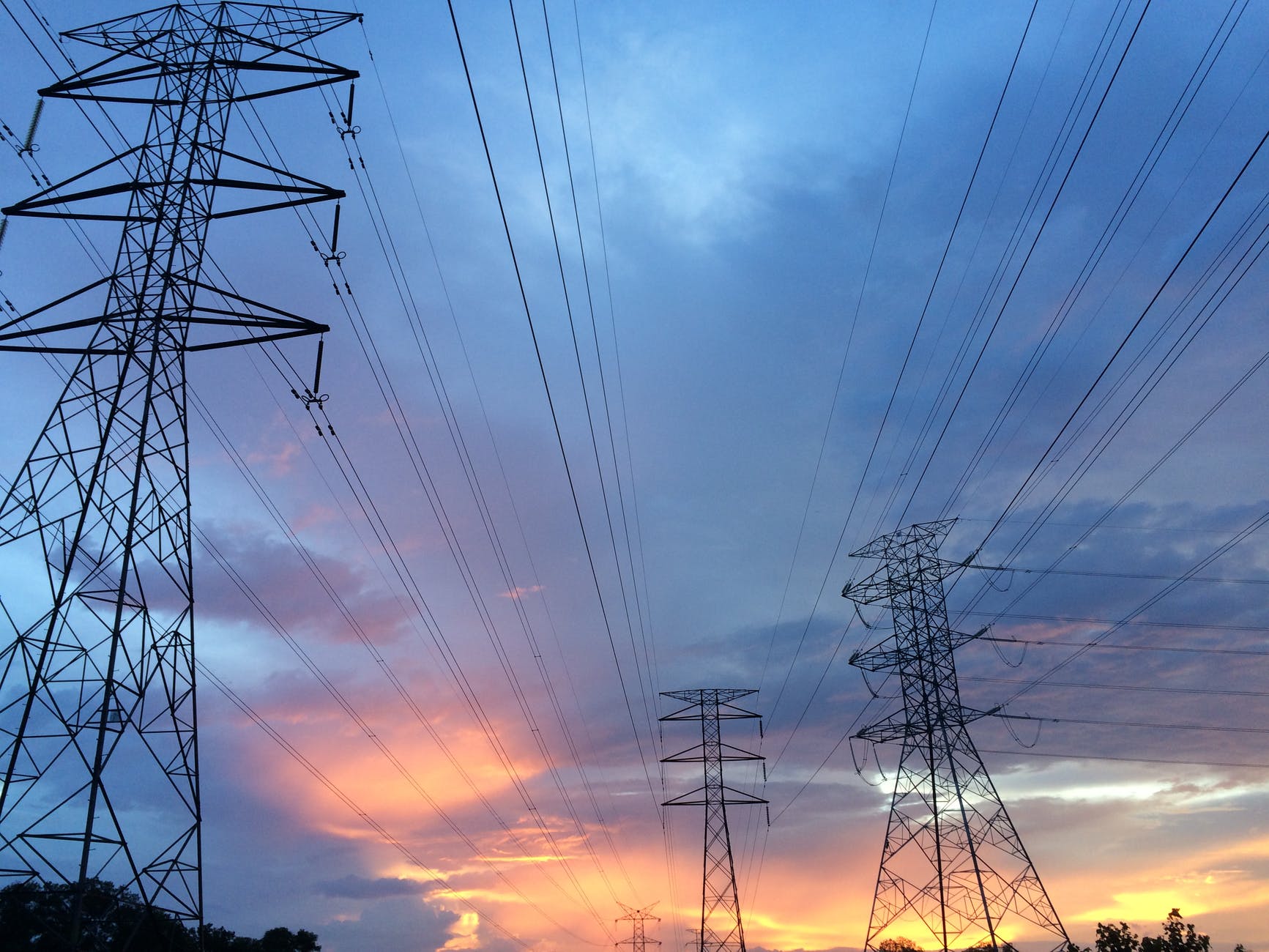Dynamic line ratings: A smart business decision
Dynamic line ratings allow operators to optimize existing infrastructure by adjusting transmission limits in real-time based on environmental conditions, thereby reducing the need for costly upgrades, minimizing service interruptions and facilitating the integration of clean energy resources.

Dynamic line ratings allow operators to optimize existing infrastructure by adjusting transmission limits in real-time based on environmental conditions, thereby reducing the need for costly upgrades, minimizing service interruptions and facilitating the integration of clean energy resources.
Attention utility leaders: If you have not yet explored the benefits of Dynamic Line Ratings (DLR), now is the ideal time to do so. DLR offers numerous advantages, including optimizing existing transmission lines, reducing costs and simplifying compliance with government regulations.
Transmission congestion is the culprit that has caused this increased need for DLR. Around 70% of the U.S. grid is currently affected by transmission congestion, causing delays in connecting clean energy sources, restricting electricity transfer between regions and increasing operational and consumer costs. DLR technology addresses these challenges by providing additional transmission capacity. It has become a mainstay, allowing operators to optimize existing infrastructure by adjusting transmission limits in real-time based on environmental conditions, thereby reducing the need for costly upgrades, minimizing service interruptions and facilitating the integration of clean energy resources.
Reducing capital expenditures
Addressing transmission constraints often involves utilities considering the addition of new lines or reconductoring. However, neither option is ideal because they are both labor-intensive and expensive. The cost of replacing 355 kV lines typically ranges from $1.5M to $2.5M per mile, while 765 kV lines can cost between $3M and $5M per mile. Expenses related to location siting, right-of-way acquisition, materials, labor, and construction can quickly accumulate.
Reconductoring using advanced, higher-capacity conductors is generally more cost-effective than building new lines—around 50-75% cheaper. However, the materials may be two to three times more expensive than conventional conductors. Utilities often face costs between $300,000 and $1M per mile, depending on the project’s complexity.
While infrastructure improvements are vital in the long term, utilities need to optimize their existing infrastructure in the meantime. This is where DLR technology becomes invaluable.
Deploying DLR technology costs approximately $50k per mile for short lines, with costs decreasing significantly with longer line lengths. Not only is DLR significantly more cost-effective than rebuilding or reconductoring lines, but the process of acquiring and installing DLR systems is simpler.
By implementing DLR on current transmission lines, utilities can buy time, defer capital investments in new transmission lines or reconductoring, and promptly alleviate capacity constraints on existing lines.
Quantifying savings
Assessing DLR savings requires utilities to analyze and quantify their existing congestion costs, often hidden within operational expenses. These costs escalate when transmission lines fail to meet the electricity demand, resulting in increased electricity prices and re-dispatching expenditures. Notably, in the U.S., these costs encompass locational marginal prices (LMPs), redispatch costs, curtailment expenses, and occasionally congestion fees imposed by independent system operators.
Consider these points when assessing costs. When a transmission line faces congestion, the LMP in regions with limited power supply escalates. The disparity between LMPs at the generation and consumption points denotes the congestion cost. As for redispath costs, the expenses associated with adjusting the planned dispatch to alleviate overloaded lines can be calculated by comparing the initial (cheaper) and alternative (more expensive) generation costs. And curtailments costs are a factor as well. Curtailment occurs when grid operators reduce energy generation output to prevent transmission line overloads. The cost is computed based on lost revenue and diminished operational efficiency, calculated by the curtailed energy volume multiplied by its market value.
ROI and performance gains
Forward-thinking utilities are witnessing the advantages of DLR, leading to substantial reductions in congestion costs ranging from $150,000 to $250,000 per day, all achieved without the need for additional infrastructure. The experiences of Ampacimon’s customers, such as Elia in Belgium and Pennsylvania Power and Light (PPL) in the U.S., have demonstrated that DLR enhances operational efficiency, boosts grid reliability, and facilitates the more efficient integration of renewable energy sources. These successful projects underscore how DLR can effectively address transmission constraints, postpone capital investments, and deliver swift returns on investment.
DLR implementations worldwide have shown an average capacity increase of 20-40%, enabling utilities to manage rising energy demands without the necessity for infrastructure expansions. For instance, PPL reported a 30% surge in line capacity, resulting in savings of $64 million on one line within the initial year. Similarly, Elia and RTE in France achieved an average 30% capacity enhancement in their first year of DLR implementation. These case studies exemplify how investing in DLR technology can significantly enhance performance, ensuring improved grid stability and customer service reliability.
Even conservative ROI estimates indicate a swift payback period of just a few months. Typically, the payback period rarely exceeds a year in regions experiencing over 5% congestion.
Staying ahead of compliance
Governments worldwide prioritize effective generation and distribution of energy, with agencies like the Federal Energy Regulatory Commission (FERC) in the United States and the Agency for the Cooperation of Energy Regulators (ACER) in the European Union playing significant roles. These regulatory bodies enforce rules that promote fair energy distribution, safety, decarbonization, and environmental sustainability in the energy sector.
In the U.S., California stands out as one of the states mandating utilities to incorporate Grid-Enhancing Technologies (GETs) to enhance transmission capacity, reduce grid congestion, and enhance reliability and flexibility. Several other states and FERC are also requiring utilities to adopt GETs through regulatory mandates, integrating them into grid planning and rate-setting processes. Regulatory frameworks and incentives are being developed and implemented both in the U.S. and in other global energy markets. Utilities implementing DLR technology get a jump on meeting these regulatory mandates.
DLR: A sound business decision
DLR technology has become essential for utilities, enabling them to achieve various objectives. Its implementation allows utilities to save costs by postponing transmission system upgrades, thereby benefiting ratepayers. Additionally, by optimizing existing infrastructure capacity, utilities can mitigate congestion bottlenecks that hinder the integration of new, affordable, and clean energy sources. DLR also promotes easier and more cost-effective regulatory compliance while adapting to the future energy landscape. Dynamic Line Rating is a smart choice and a sound business decision for both utilities and ratepayers.

Brian Berry is chief product officer, Ampacimon, a company that specializes in grid monitoring solutions designed to optimize transmission and distribution. He is a product manager, strategist, electrical engineer and line manager with an extensive background in product design and delivery for the energy sector.
Read more about Dynamic Line Ratings here.
What's Your Reaction?






























































